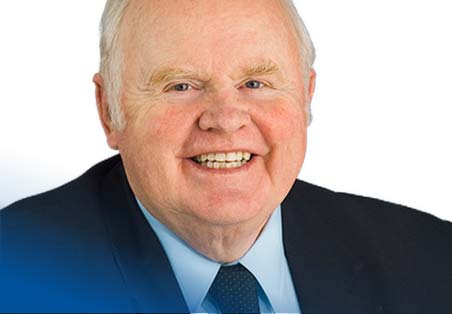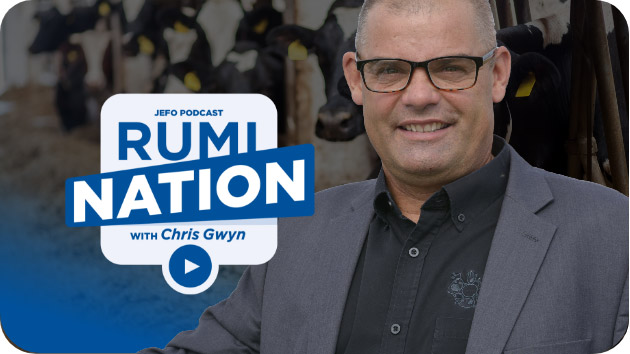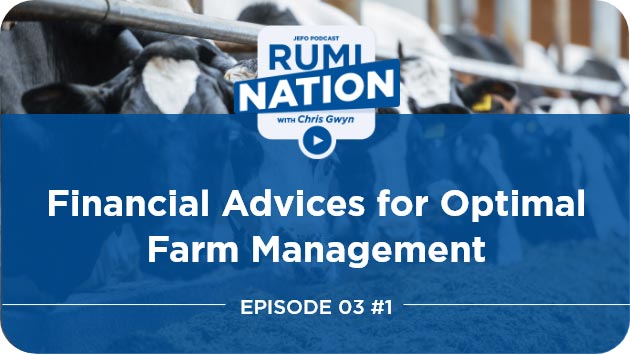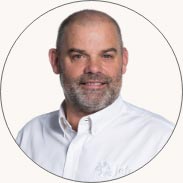Did you enjoy this episode?
Share now!
Our guest - Dr. Mike Hutjens
Dr. Hutjens is a professor of Animal Sciences at University of Illinois. He was born in Green Bay, Wisconsin, where he was raised on a dairy farm. In 1971, he earned his PhD at the prestigious University of Wisconsin – Madison. He won the title of Extensionist of the Year, Outstanding Teacher in the United States, Most Influential Person in the American Dairy Industry, and received the ADSA Honor Award.

Timestamps & Summary
01:44
Has the interest in dry matter intake changed over the years, especially in the light of discussions about feed efficiency?
Dr. Mike Hutjens
The goal on dairy farms is to have healthy cows.
Dry matter plays an important role in animal health and immunity.
We have to get cows pregnant in a timely manner, because that determines a peak milk production.
We are a little late in the dairy industry in efficiency of dry matter while it is a very big topic with swine and poultry.
Things have changed over time. We used to call a maximizing dry matter; now we’re optimizing dry matter.
There are a lot of interesting new twists on dry matter intake and feed efficiency.
03:39
What do you see as the key drivers to dry matter intake?
Dr. Mike Hutjens
I like to say there are four of them:
- We call it a fill factor. Cows can only eat so much feed in 24 hours. If we have too much straw, or too much low quality forage, the cow can’t eat what she really has to have.
- The second one, we call metabolic feedback. It simply means that something tells a cow to stop eating. She senses it in her brain. That’s why we need to bounce rations.
- The third one will be non-nutrient factors. It means something in her environment stops her eating. Heat stress, cold temperature or lameness as well as something as simple as an empty bunk are non-nutrient factors.
- And finally, transition management. How we take cows through the transition program. If we don’t have a good fresh cow program, a key feed additives, and B vitamins, that can affect dry matter intake as well.
05:21
Can you share some great examples of farms where they were just doing a great job in measuring and monitoring dry matter intake to optimize that feed efficiency or production?
Dr. Mike Hutjens
I’ll give you two examples:
The first one actually is here in the Midwest, they have 3600 dairy cows. And he basically knows exactly how much dry matter goes to each pen that’s on the computer of his truck. In the milking parlor, they got a flow meter. So every day, he knows exactly how many pounds of milk comes out of that pen of 400 cows. Every day, he gets a feed efficiency calculation on each pen.
Even a better example was in Saudi Arabia. There was an 8000-cow dairy herd, and they feed them 24/7. As each group of cows is being milked, the “the bump reader” would look at each pen and evaluate the quantity of dry matter left, and adjust the next quantity of dry matter to be dropped in the pen. If there was an excess of feed, he would feed less the next time.
08:57
Could you expand on the cost of being inaccurate on our dry matter readings and our number of cows per pen?
Dr. Mike Hutjens
Feed efficiency is looking at the kilos of dry matter consumed divided by the kilos of milk produced. It’s on a per cow basis. So if I have extra cows, we’re going to divide that with a wrong number; therefore, that number will be incorrect so our feed efficiency number will shift as well.
The other one is just moisture. It rains. It snows. Silage gets wetter and drier. A byproduct feeds get wetter or drier. There is some work out of Wisconsin, in which they actually track that after significant rainfalls, because they didn’t adjust the amount of wet feed being added in the silage, cows went down in milk production for three or four days. And in some cases, with cows in mid-late lactation, they don’t come back.
13:39
Give us some take-home messages of the sorts of things that you would recommend a dairy producer today to get ahead on dry matter intake and how it impacts feed efficiency?
Dr. Mike Hutjens
My first take-home message is: You got to measure it. If you can’t measure it, you can’t manage it.
Number two, feed efficiency has an economic impact. If I can change my feed efficiency to 1.4 to 1.5. That feed efficiency is going to make me about an extra 24 cents profitability in the program.







